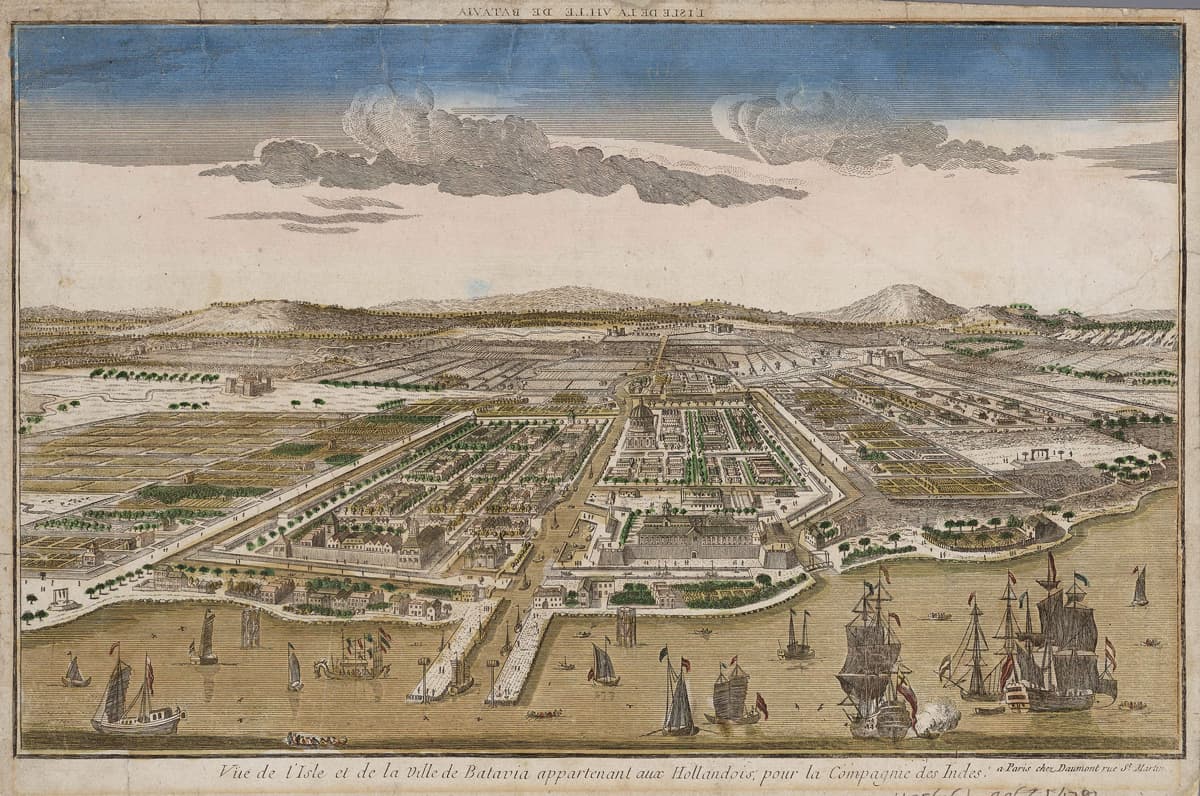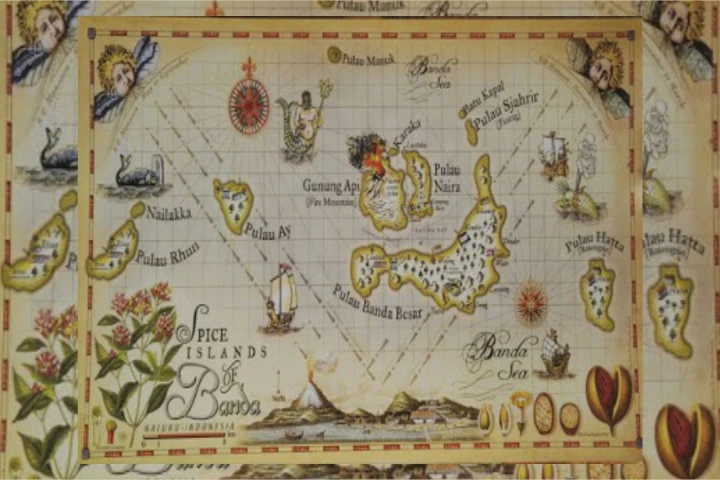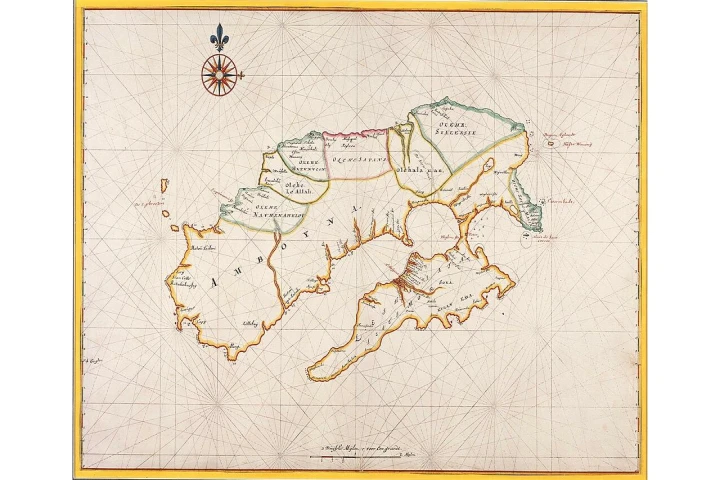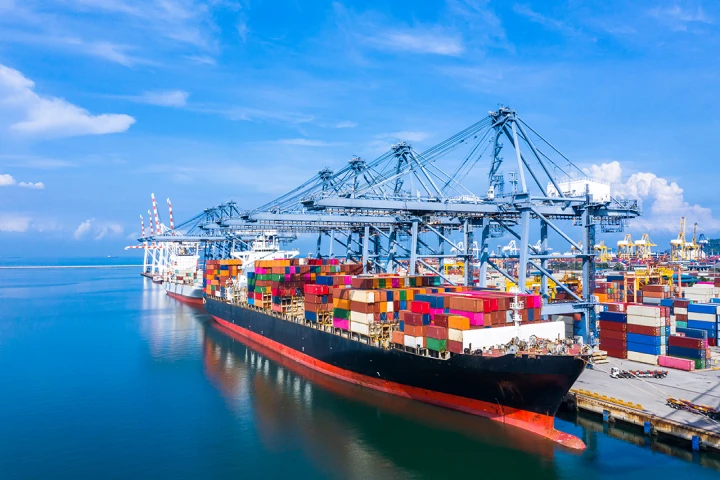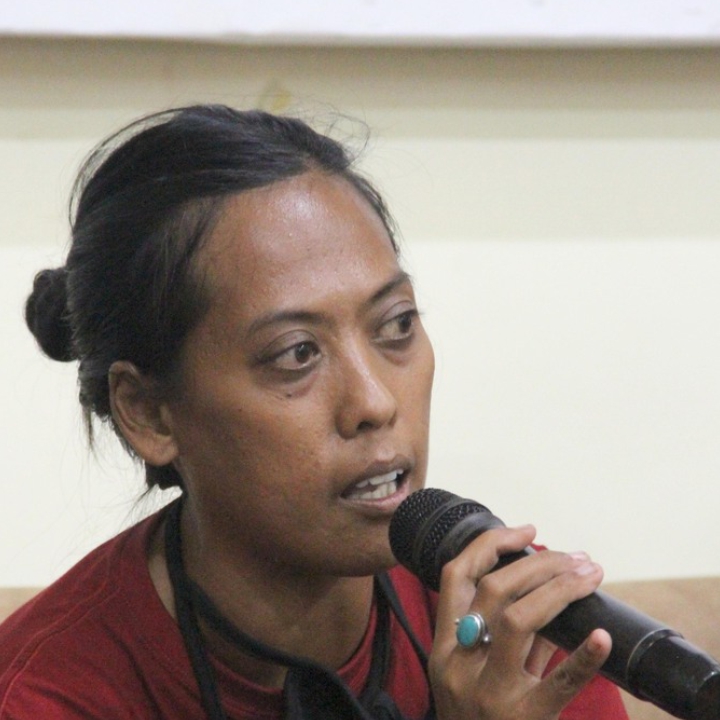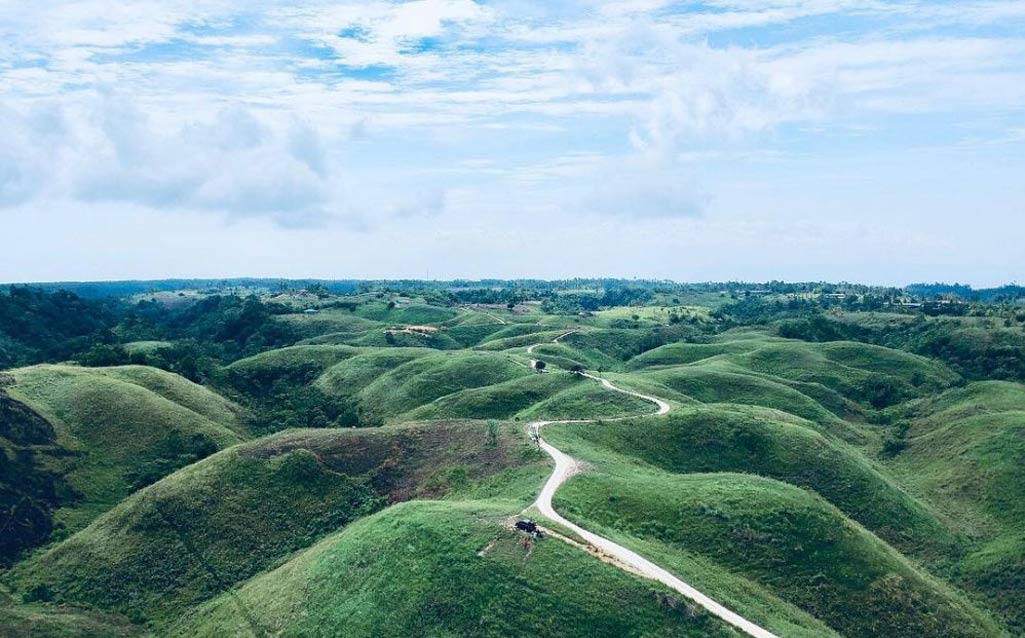
We cannot ignore the role of Banggai and Luwu in the spice trade networks. Their location is very strategic, in the eastern part of Sulawesi Island and facing the Moluccas Sea that connects Ternate and Makassar, and thus became a destination for both local and foreign traders.
Thanks to the strategic geographical location, Banggai became a stopover for the traders who sailed. In the 14th century, Banggai had even gained a reputation within the trade network, for it became an iron ore producer as one of the leading commodities. In the 16th century, Banggai had even dominated the iron export trade.
A few sources described that in the 14th century, Banggai had gained recognition. Negarakertagama, a manuscript written by Mpu Prapanca in 1287 Saka (1365 AD), was the primary source. In the 14th pupuh, in the 5th stanza, Mpu Prapanca wrote that Banggawi—refers to Banggai—was categorized as saka sanusa nusa or islands.
Their production of agricultural tools gave Banggai and Luwu a good reputation. They were also famous as iron exporters that made a significant commodity at the time. The blacksmiths of Banggai and Luwu, on the east coast of Sulawesi Island, crafted agricultural tools, including iron axes, swords, and knives. Their skill of producing agricultural tools was well-known among the traders from other islands.
In the first half of the 15th century, Bandenese had come to Banggai with a proa (small ship), fit to 16 to 24 tonnes to seek slaves, knives, and iron swords. They exchanged the goods with Gujarati fabric, coarse woven fabric, and beads.
Further, the iron of Banggai and Luwu was turned into krises. In the middle of the 17th century, “the iron of Luwu” became one of the primary goods to export from Makassar to the eastern part of Java. After that, the cheaper iron from China and Europe started to step in. However, the Javanese blacksmiths adored the iron of Sulawesi, for they contained much nickel that made a prestigious kris. On top of that, Majapahit kris probably originated from the central part of Sulawesi.
The lateritic iron ore with up to 50 percent iron and nickel coating spread near Lake Matano and upstream of Kalaena River. The iron of Sulawesi Island was exported through Bone Bay, dominated by the Kingdom of Luwu, or through the east coast of Sulawesi that the Kingdom of Banggai dominated in the 16th century.
Negarakertagama stated that Banggai and Luwu were tributaries of Majapahit. It suggests that the export of iron and other weaponry originated from the same source. “The large quantities of iron came from outside, from the Banggai Islands, iron axes, machetes, swords, and knives.”
The voyage and trading of Banggai that began before the 19th century took a significant role in activating the routes that connected a number of ports and shaping the dynamics in the eastern part of Sulawesi Island.
The traders and comers from Bugis, Buton, Gorontalo, Mandar, Bajo, China, and Arab took a big part in developing the shipping and trading network of Banggai. Communication was established among the traders from various ethnic groups who lived and set up settlements in Banggai.
The intensive encounter among the new traders and the locals gave rise to a new situation, thus generating a dynamic and complex cultural process. As a result, the Tombs of Banggae Kings was one of the sites we can see as the remaining trace of the past in Banggai.
Source:
Razif & M. Fauzi. Jalur Rempah dan Dinamika Masyarakat Adat Abad X-XVI: Kepulauan Banda, Jambi dan Pantai Utara Jawa. Jakarta: Direktorat Sejarah, 2017.
Text: Tiya Septiawati
Editor: Doni Ahmadi
Translator: Dhiani Probhosiwi



